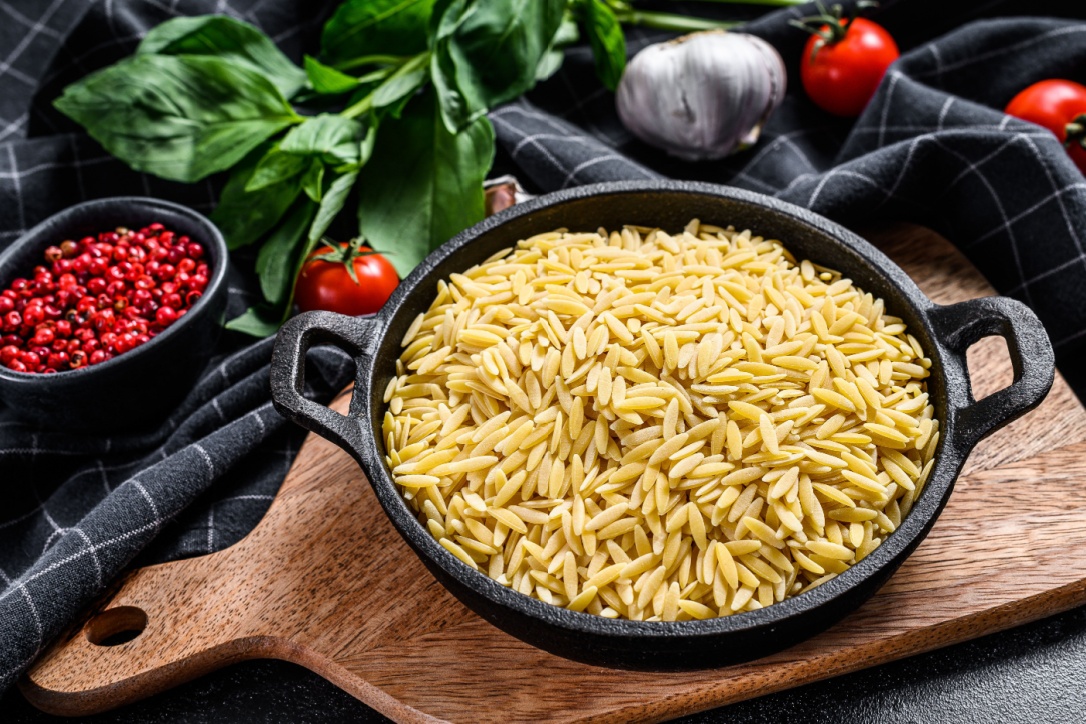Sodium (salt)

What is sodium?
Sodium is one of the two electrolytes found in salt. Sodium plays many important roles in the way our bodies function.
The sodium found naturally in foods is plenty to maintain healthy levels in our body. However, we add salt while we cook, while we eat, and it is added to many processed foods. This can lead to eating too much salt. Having too much salt in your food can lead to high blood pressure, which is a common cause of kidney disease.

High-sodium foods and kidney disease
Salt makes you thirsty and can make your body retain fluid. Having more fluid in your body can raise your blood pressure. When you have high blood pressure, your kidneys must work harder to filter blood. Over time, this can lead to kidney damage.
Too much fluid in your body also puts more strain on your heart, lowers your protein levels, and leads to difficulty breathing. Taking steps to limit excess fluid buildup, and thereby controlling blood pressure, is vital to improving your health.
If you have high blood pressure, eating a low sodium plan can help to lower it. Getting 150 minutes per week of physical activity and taking blood pressure medicines if prescribed by your doctor are other ways to manage your blood pressure. Eating enough potassium (if you do not have any restrictions) can also help with lowering blood pressure. Follow the DASH eating plan for ways to lower your blood pressure. Taking steps to keep your blood pressure at a healthy level may help keep kidney disease from getting worse.
Proteinuria is one sign that your kidneys are not working well. Having protein in your urine also puts you at higher risk of kidney disease progression. Decreasing your sodium intake along with your medications can also decrease proteinuria.
Foods with added salt:
Unless specifically marked as low-salt or low sodium, the following foods and drinks usually have added salt:

Soda and sports drinks

Ice Cream

Frozen dinners and snacks

Fast food and food from restaurants

Packaged snacks (chips, pretzels, nuts, etc.)

Bakery items (bread, bagels, pies, cakes, etc.)

Condiments (ketchup, salad dressings, some hot sauce, soy sauce, etc.)

Canned and jarred foods (tomatoes, beans, corn, pickles, etc.)

Seasonings and spices with salt (garlic salt, celery salt, seasoned salt, taco seasoning, seafood seasoning, etc.)

Cheese and processed meats (ham, sausage, corned beef, deli meats, hot dogs)
Tips for reducing salt
- Choose no salt added canned foods (only if you do not need to limit potassium)
- Use no-salt seasonings when cooking or at the table
- Use herbs and spices for flavor
- Cook more foods at home
- Avoid fried foods (the breading has salt and fried foods are often salted right out of the fryer)
- Drink water (soda and sports drinks have added salt)
- Choose no salt added snacks (like no salt pretzels)
- When eating out, choose foods that are steamed and grilled instead of fried or blackened
- When eating out, ask for no salt added to the dish
- Choose from the “diet” menu at Chinese restaurants
- Read food label and prefer foods with 140 mg or less of sodium per serving
Popular Sodium resources
Explore More:
Your support goes further with AKF
Your donation allows AKF to support people wherever they are in their fight against kidney disease – from prevention through transplant. For more than 50 years, we have fought on all fronts for millions of people impacted by kidney disease.
Donate today to support our work













